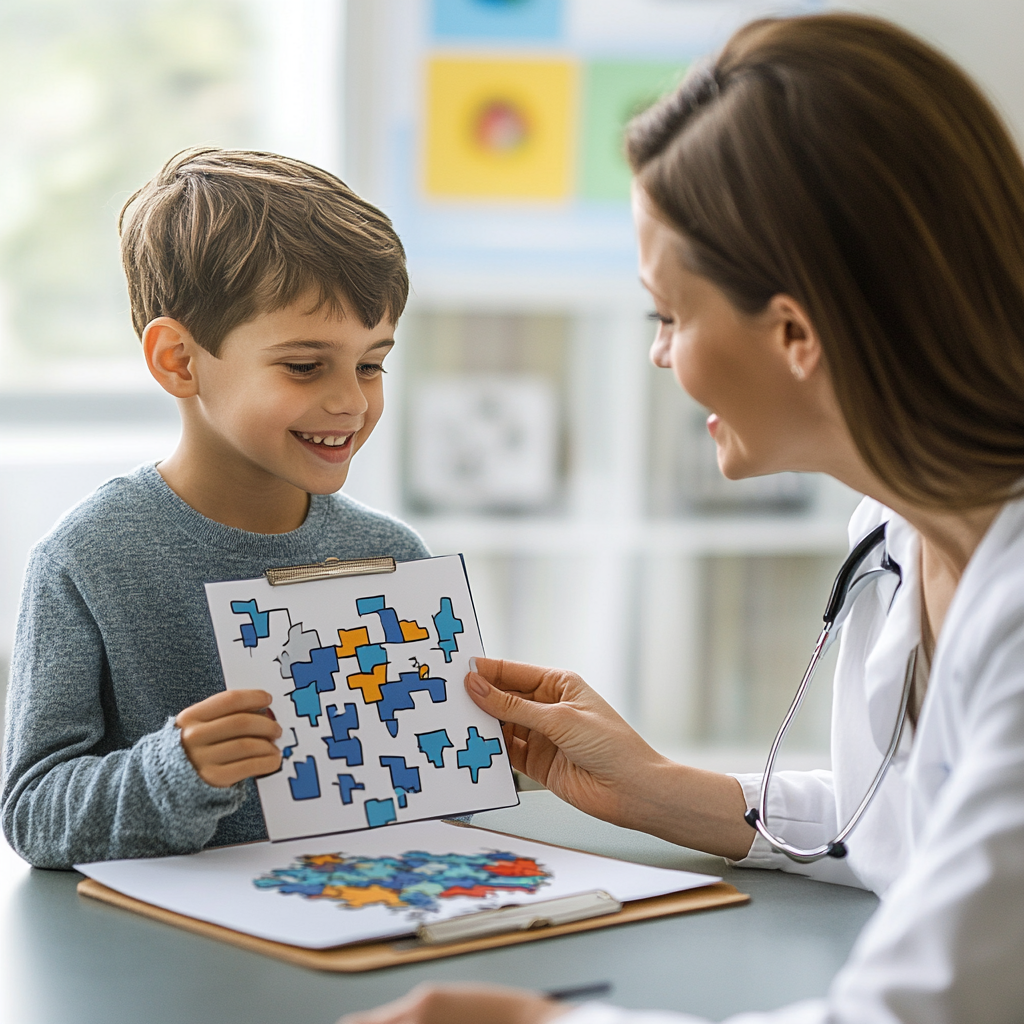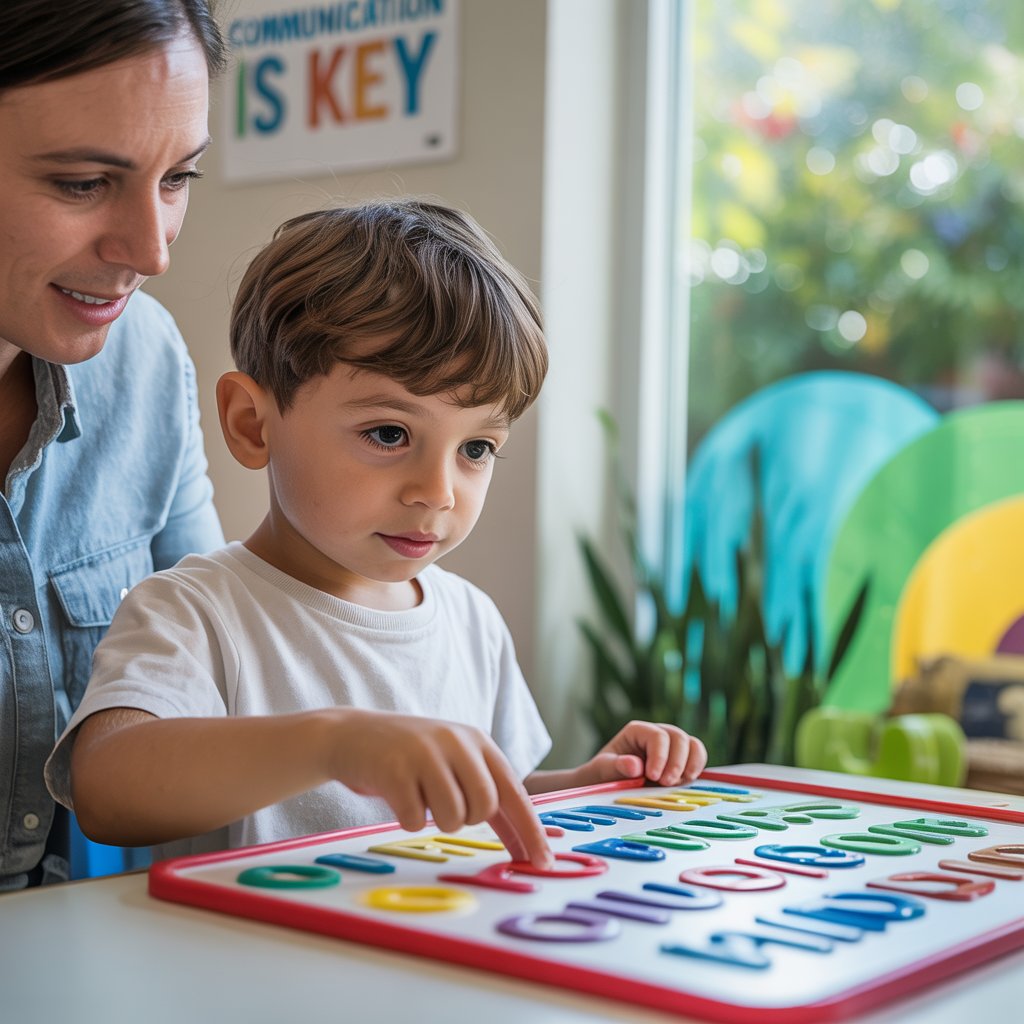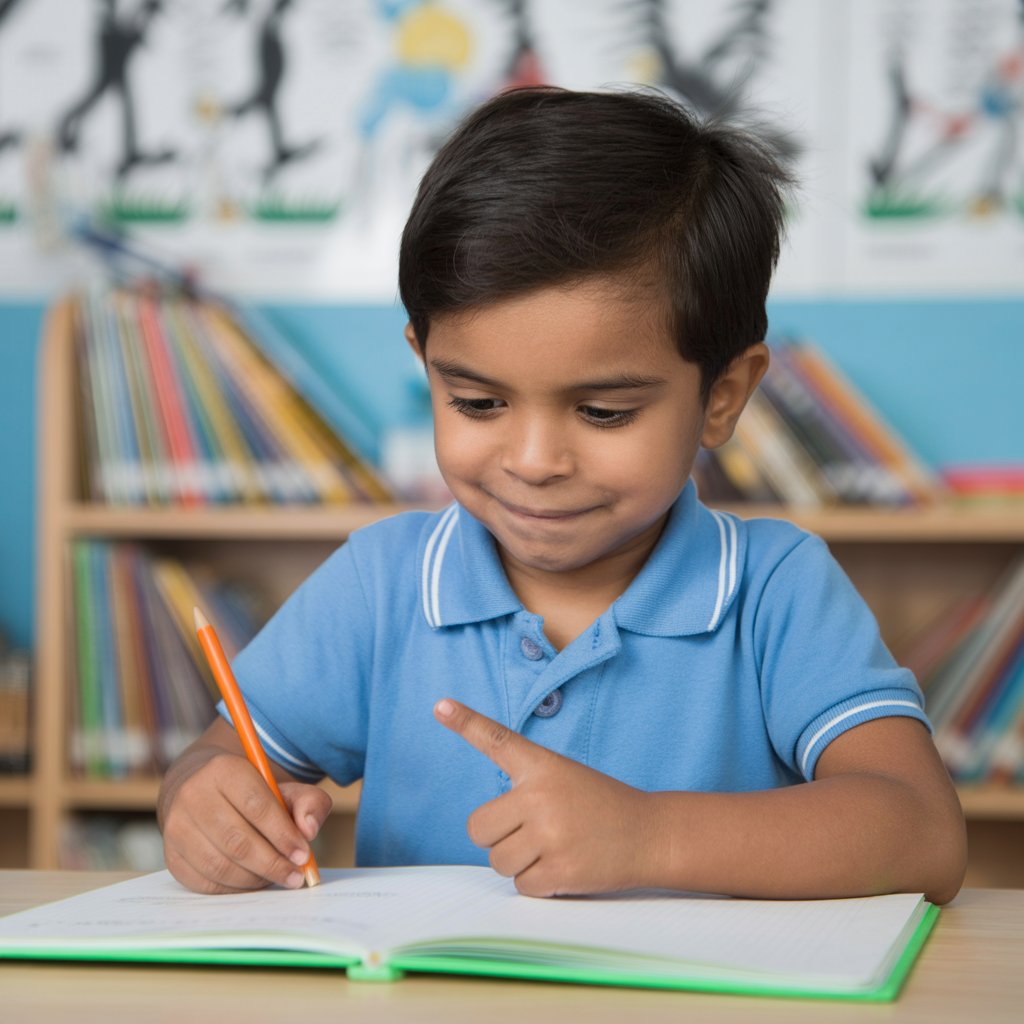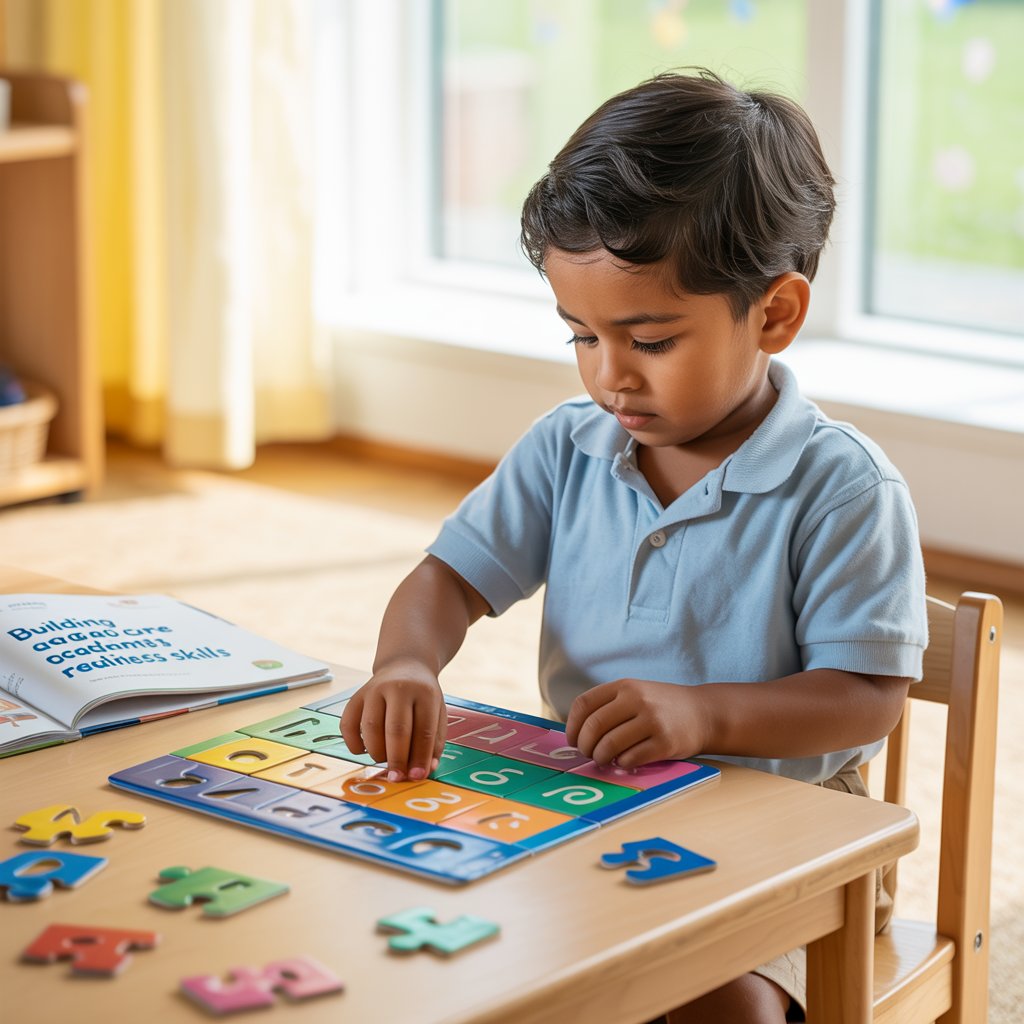Smart ABA: Matching Therapy to Sensory Profiles, Learning Styles, and Age

Adapting Techniques Based on Sensory Profiles
Every autistic child experiences the world differently. What works brilliantly for one child might overwhelm another. That's why effective ABA therapy isn't one-size-fits-all—it's tailored to each child's unique sensory profile.
Some kids are hypersensitive to sounds, finding ordinary noises unbearable. Others might seek sensory input, craving deep pressure or movement. A skilled ABA therapist recognizes these differences and adjusts accordingly.
For example, a child with auditory sensitivity might need:
- Noise-canceling headphones during certain activities
- Therapy sessions in quieter environments
- Gradual exposure to louder settings
Meanwhile, a sensory-seeking child might benefit from:
- Movement breaks between learning activities
- Fidget tools that provide tactile input
- Weighted blankets during calm-down periods
The magic happens when therapists map these sensory needs to behavior goals. When a child feels comfortable in their sensory environment, they're more ready to learn and engage.
Addressing Different Learning Styles
ABA therapy shines when it matches teaching methods to how a child naturally learns. Some autistic children are visual powerhouses, others learn through movement, and some through repetition.
Visual learners flourish with:
- Picture schedules showing the day's activities
- Video modeling of new skills
- Color-coded systems for categorizing information
Kinesthetic learners need:
- Hands-on activities to grasp concepts
- Movement incorporated into learning tasks
- Opportunities to physically practice skills
Auditory learners respond well to:
- Songs that teach concepts or routines
- Clear, consistent verbal instructions
- Rhythmic patterns to remember sequences
The best ABA programs constantly track which approaches click with each child. They'll switch tactics quickly if something isn't working, always hunting for that perfect learning match.
Age-Appropriate Modifications
What works for a preschooler won't cut it for a teenager. ABA therapy must evolve as children grow.
For young children (2-5 years), ABA typically focuses on:
- Building communication through play
- Developing basic social interactions
- Establishing foundational daily living routines
For school-age children (6-12 years):
- Social skills become more complex (turn-taking, group play)
- Academic behaviors gain importance
- Self-regulation strategies expand
For teenagers:
- Independence skills take center stage
- Peer relationships become more nuanced
- Preparation for adult transitions begins
Age-appropriate modifications aren't just about different skills—they're about dignity. A 13-year-old deserves materials and rewards that respect their age, not those designed for toddlers.
Smart ABA practitioners also consider developmental age alongside chronological age, creating that sweet spot where therapy challenges without frustrating.







